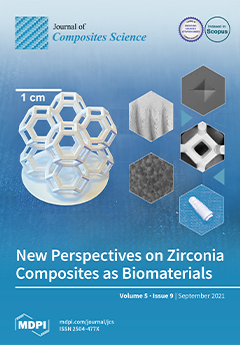This work describes how conducting polymer nanocomposites can be employed as synergistic supports that significantly accelerate the rate of electro-catalysis. The nanocomposite PEDOT/nano-Co
3O
4/rGO is discussed as an example in this respect, which is specific for photo electro-catalytic oxygen (O
[...] Read more.
This work describes how conducting polymer nanocomposites can be employed as synergistic supports that significantly accelerate the rate of electro-catalysis. The nanocomposite PEDOT/nano-Co
3O
4/rGO is discussed as an example in this respect, which is specific for photo electro-catalytic oxygen (O
2) generation from water using light (PEDOT = poly (3,4-ethylenedioxythiophene); rGO = reduced graphene oxide). We show that the conducting polymer PEDOT and the conductive additive rGO may be used to notably amplify the rate of O
2-generation from water by the nano catalyst, Co
3O
4. A composite film containing the precise molar ratio 7.18 (C; PEDOT):1 (Co):5.18 (C; rGO) exhibited high photocatalytic activity (pH 12) for the oxygen evolution reaction (OER) at 0.80 V (vs. Ag/AgCl), with a current density of 1000 ± 50 μA/cm
2 (including a photocurrent of 500 μA/cm
2), achieved after >42 h of operation under illumination with a light of intensity 0.25 sun. By comparison, the best industrial catalyst, Pt, yielded a much lower 150 μA/cm
2 under the same conditions. Oxygen gas was the sole product of the reaction.
Full article





